1. Kroger
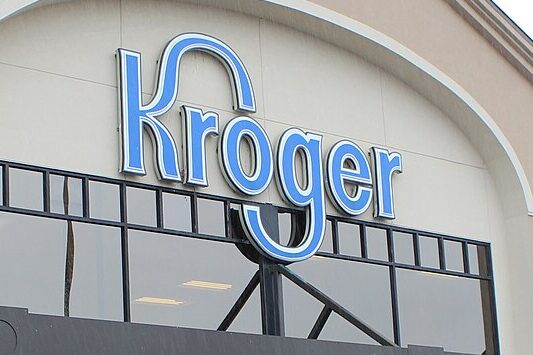
Despite being a household name, Kroger faces growing competition from discount retailers and online grocery services. Rising operational costs and the pressure to modernize its stores have taken a toll. Without significant adaptation, this giant may struggle to maintain its dominance.
2. Albertsons
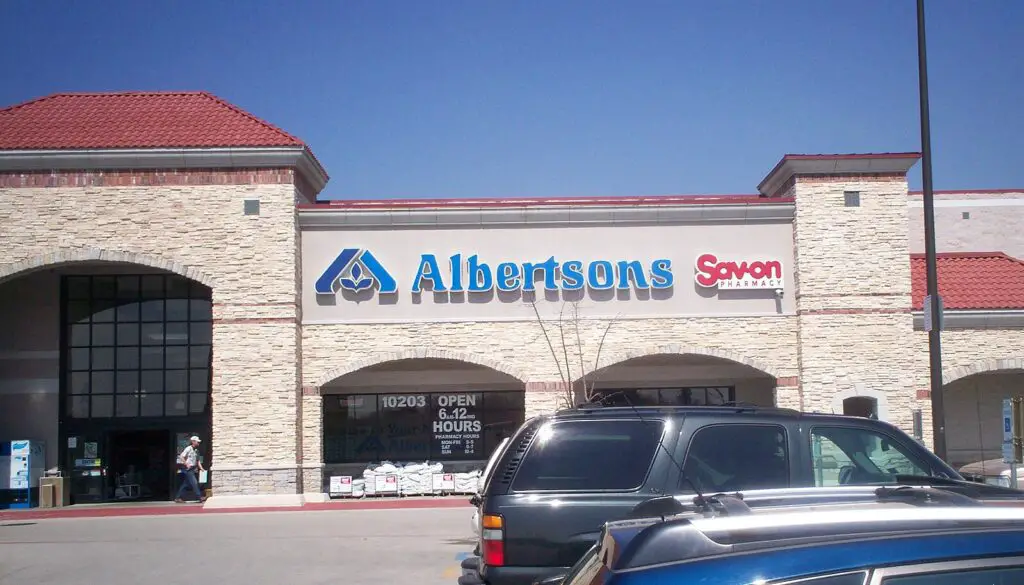
Albertsons has been grappling with slow sales growth and the increasing popularity of alternative grocery options like Trader Joe’s and Aldi. Its reliance on traditional in-store shopping has hurt its ability to compete in the online era. The chain’s future hinges on its ability to innovate quickly.
3. Safeway

A subsidiary of Albertsons, Safeway has struggled with similar challenges, including competition and rising costs. While it remains a recognizable name, its footprint has been shrinking steadily. Without a reinvention, its survival in 2025 looks uncertain.
4. Whole Foods
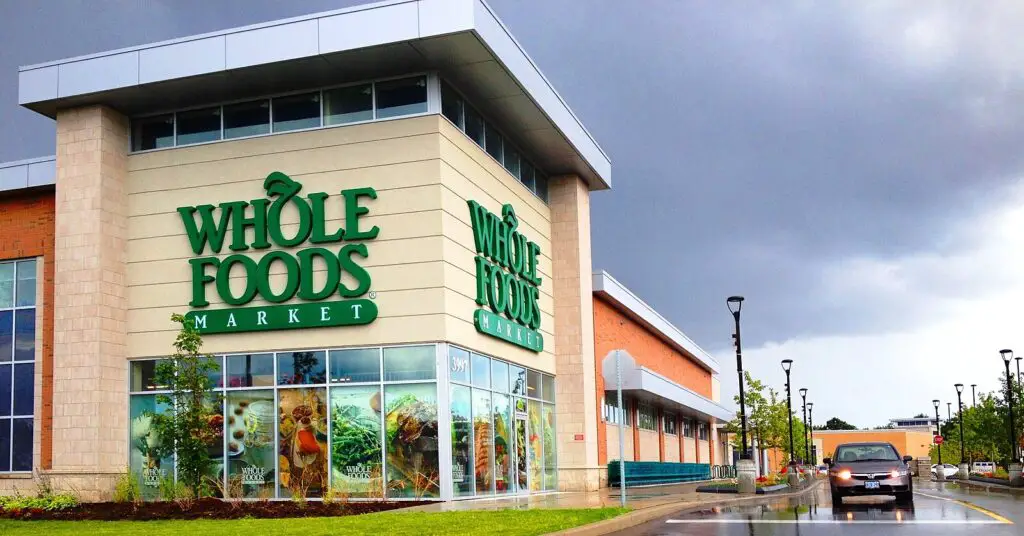
Even under Amazon’s ownership, Whole Foods faces challenges as consumers seek budget-friendly alternatives. High prices and niche appeal have limited its growth in a cost-conscious market. The chain’s premium model may no longer be sustainable in its current form.
5. Winn-Dixie

Winn-Dixie has been closing stores for years due to financial difficulties and fierce competition from larger chains. Its focus on the Southeastern U.S. has limited its reach, leaving it vulnerable to market changes. Many fear that 2025 could be a critical year for the chain.
6. Giant Eagle
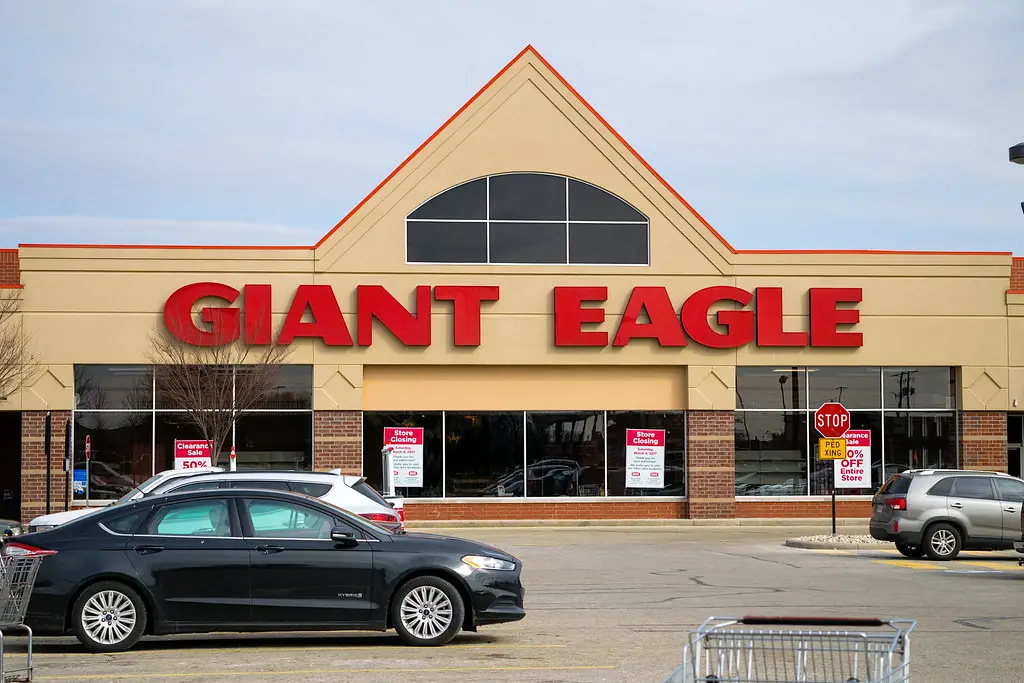
Giant Eagle, a regional favorite, has struggled to keep pace with larger national chains and online grocery delivery services. Rising costs and declining foot traffic have forced the company to close underperforming locations. Without a clear strategy, it risks falling behind entirely.
7. Hy-Vee
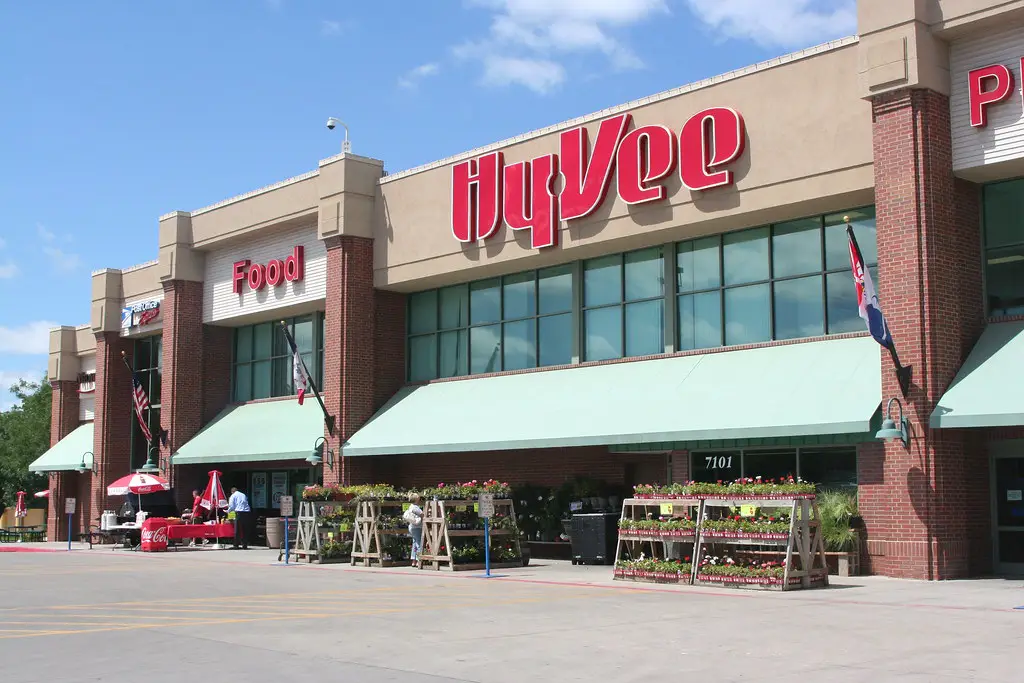
Hy-Vee, known for its Midwest charm and in-store dining, has been grappling with increasing operational costs and labor shortages. Its efforts to diversify into non-grocery sectors have been met with mixed success. Many wonder if the chain can sustain its unique business model.
8. Sprouts Farmers Market
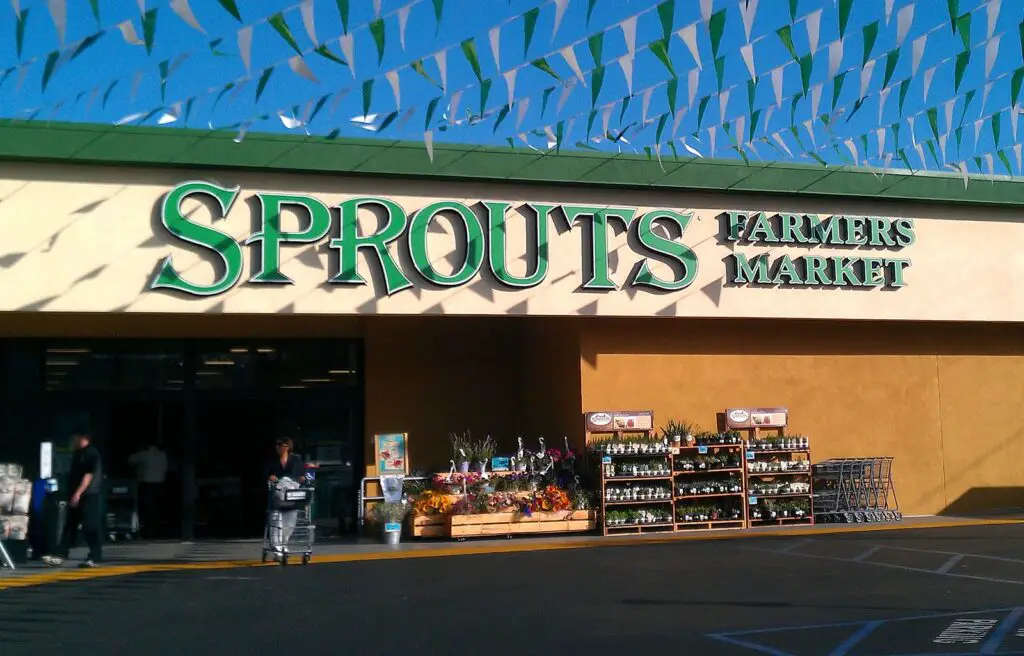
Sprouts has faced declining profits as competition from mainstream grocers offering organic options grows. Its higher price points and niche appeal make it less attractive to budget-conscious shoppers. If trends continue, Sprouts could find itself increasingly marginalized.
9. Food Lion

Food Lion has struggled to modernize its image and retain customer loyalty in the face of stiff competition from discount chains. While its footprint in the South remains strong, shrinking profit margins have raised concerns. Its future hinges on whether it can reinvent itself to stay relevant.
10. ShopRite

ShopRite has faced difficulties balancing its cooperative model with the pressures of a competitive grocery landscape. As online grocery shopping grows, its reliance on in-store sales could hurt its ability to adapt. Many industry watchers predict significant changes—or closures—are ahead.
11. Save A Lot
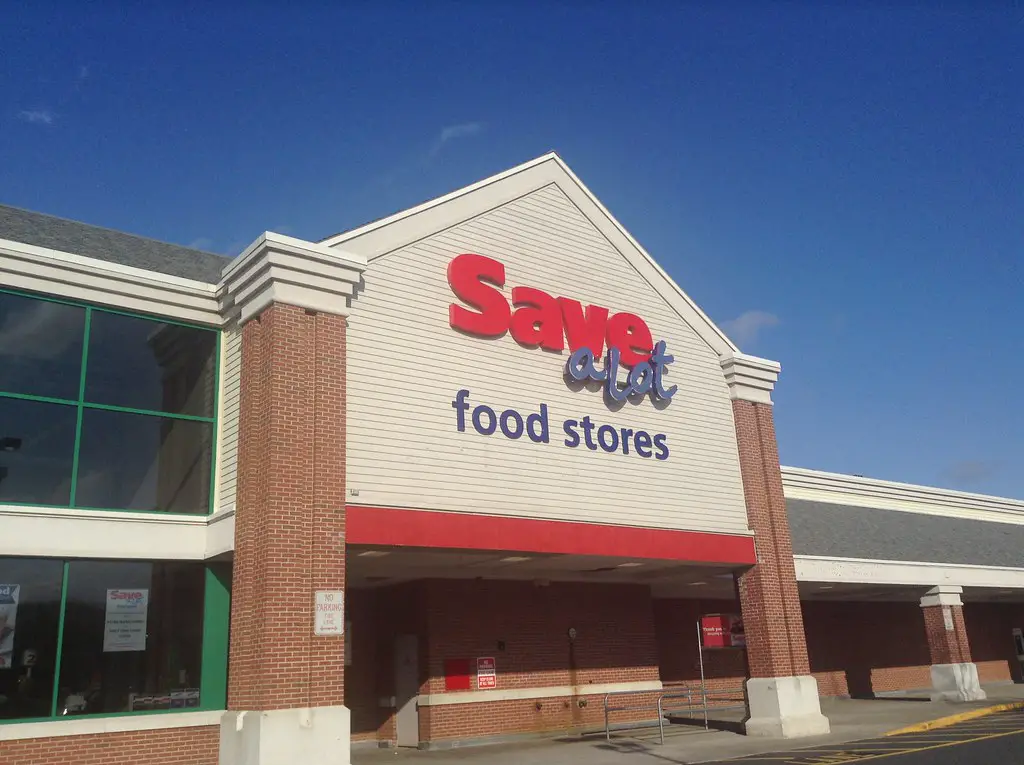
Save A Lot, a discount grocer, has been hit hard by the expansion of Aldi and Lidl in the U.S. market. While its low-cost model remains attractive, its limited product selection and outdated stores are drawbacks. Without investment in modernization, its survival is uncertain.
12. Piggly Wiggly
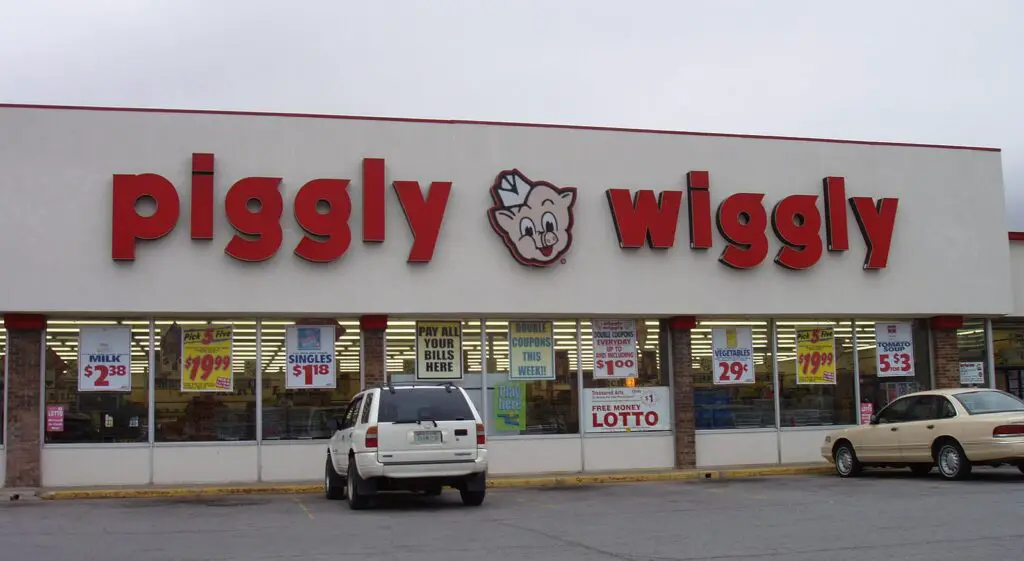
One of the oldest grocery chains in the U.S., Piggly Wiggly has struggled to maintain relevance in a rapidly changing market. Its smaller, regional focus makes it hard to compete with nationwide chains. Nostalgia alone may not be enough to save this beloved brand from decline.
